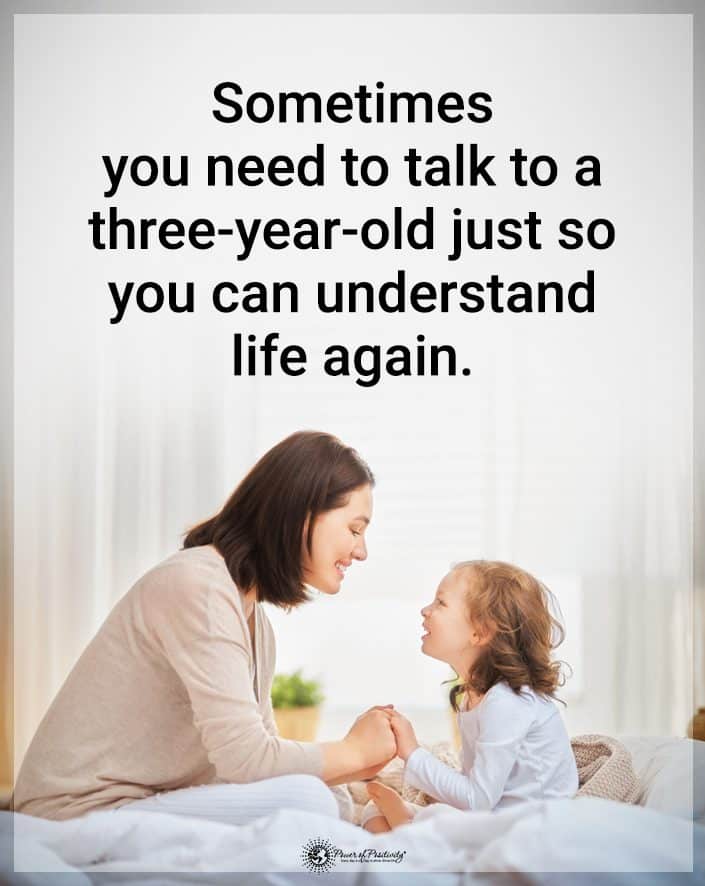ADHD, or attention deficit hyperactivity disorder, remains one of the most commonly diagnosed childhood neurodevelopmental disorders in the U.S. Children with the neuropsychiatric disorder may exhibit symptoms such as inattentiveness, impulsivity, hyperactivity, forgetfulness, and disorganization.
They might also have difficulties following instructions and sitting for long periods in class. A child with this mental health condition may experience frequent problems in school, like making careless mistakes on homework or interrupting the teacher.
Young boys get diagnosed with ADHD almost twice as often as girls, with the average age of diagnosis being seven years old. ADHD affects approximately 1 in 20 people under age 18, and about two-thirds of people will exhibit symptoms well into adulthood.
According to the National Institute of Mental Health, 4-5% of U.S. adults have ADHD. Experts estimate that 8.1% of adults aged 18-44 will experience ADHD at some point during their lifetime.
The typical course of treatment for adults and children includes a combination of medication and therapy. Lifestyle changes such as a balanced diet, exercise, stress management techniques like meditation, and proper sleep can also help.
To diagnose someone with ADHD, doctors refer to the criteria in the American Psychiatric Association’s Diagnostic and Statistical Manual, Fifth edition (DSM-5). People with ADHD must show a persistent pattern of inattention, hyperactivity, and impulsivity over six months to meet diagnostic criteria.
Doctors only diagnose children up to 16 years old with ADHD if they exhibit six or more symptoms in the DSM-5. Adults 17 and older must show five or more signs to meet diagnostic criteria. However, scientists have discovered a surprising new method to diagnose children with ADHD: virtual reality (V.R.) games. In addition to detecting attention deficit disorder, researchers say the tool could have viable treatment applications in the future.
Scientists Use V.R. Games to Detect ADHD in Children

ADHD affects about 6% of children worldwide, a relatively small portion of the population. However, it’s an increasingly common condition due to environmental factors, poor lifestyle habits, technology use, and increased awareness of ADHD. In recent years, doctors have become more adept at recognizing ADHD symptoms in children, which could explain the uptick in diagnoses.
Still, doctors rely on subjective methods to diagnose ADHD, such as questionnaires, interviews, and behavioral observations. Sometimes these techniques don’t accurately portray how children handle everyday life, making a diagnosis difficult. However, a research team from Aalto University, the University of Helsinki, and Åbo Akademi University in Finland may have found a more objective ADHD diagnosis method.
The researchers created a virtual reality game called EPELI that can evaluate ADHD symptoms in children by replicating real-world situations. Then, they tracked the children’s eye movements in the V.R. game and utilized machine learning to detect differences in those with ADHD.
The study included 37 children with a prior diagnosis of ADHD and 36 in a control group. The children played EPELI along with a second game called Shoot the Target. In the second game, the player must find objects in the virtual environment and “shoot” them by locking their eyes on the target.
“We tracked children’s natural eye movements as they performed different tasks in a virtual reality game, and this proved to be an effective way of detecting ADHD symptoms. The ADHD children’s gaze paused longer on different objects in the environment, and their gaze jumped faster and more often from one spot to another. This might indicate a delay in visual system development and poorer information processing than other children,” said Liya Merzon, a doctoral researcher at Aalto University.
Both Children and Psychologists Can Benefit From EPELI
Project lead Juha Salmitaival, an Academy Research Fellow at Aalto, said the game could help motivate children and improve their attention span. “This isn’t just a new technology to objectively assess ADHD symptoms. Children also find the game more interesting than standard neuropsychological tests,” he says.
Salmitaival collaborated with Professor Matti Laine from Åbo Akademi University and Erik Seesjärvi, a doctoral researcher at the University of Helsinki and clinical neuropsychologist at Helsinki University Hospital (HUH), to bring EPELI to life. Neuropsychologists working in pediatric neurology and pediatric psychiatry at HUH have access to the game.
“Those who are interested can use EPELI as an aid in their clinical work,” says Seesjärvi. “The experience has been very positive. All of the neuropsychologists who answered a feedback survey after the first pilot said they had benefit from using virtual reality methods as a complementary tool in their work.”
Topi Siro, an Aalto graduate now working at Peili Vision Oy, led game development for EPELI.
“The game provides a list of tasks that simulate everyday life, such as brushing your teeth and eating a banana. The player has to remember the tasks despite distractions in the environment, such as a T.V. being on,” Siro said.
“The game measures everything: how much the child clicks on the controls and how efficiently they perform the tasks. Efficiency correlates with everyday functioning, whereas children with ADHD often have challenges,” he continued.
The V.R. Game Could Have Therapeutic Applications for Hyperactivity and Beyond
The researchers noted the potential for V.R. games to help treat hyperactivity or inattention in children in the future.
“We want to develop a gamification-based digital therapy that can help children with ADHD get excited about doing things they wouldn’t otherwise do. There’s already an approved game for ADHD rehabilitation in the U.S.,” says Salmitaival. Currently, the team is working with researchers at the University of Oulu to discuss treatment applications.
Linda Henriksson, a senior lecturer at Aalto University who participated in the study, also believes in the therapeutic possibilities of EPELI. “I see virtual reality as an interesting tool, because it can be used to precisely control what happens in the stimulus world while at the same time collecting information about behaviour in a natural situation,” said Henriksson, an expert in how the brain processes visual information.
In addition to detecting and treating ADHD, researchers have also suggested other potential applications for EPELI. They believe it could be a viable tool for assessing and measuring problems in planning activities for people with autism. It could also help detect language problems, brain trauma, adult ADHD, cerebral palsy symptoms, and memory issues in older people.
“Our partners in Geneva are studying aging-related diseases. Key opportunities on the horizon include early detection of Parkinson’s and Alzheimer’s diseases,” said Salmitaival.
The research utilized the MAGICS infrastructure, a collaborative virtual technologies project involving three major Finnish universities. The Academy of Finland, the Aalto Brain Centre, and other foundations helped fund the research on using VR to diagnose hyperactivity. The paper appeared in Scientific Reports on November 24, 2022.

Final Thoughts on Scientists Using V.R. to Diagnose ADHD
Scientists developed a V.R. game called EPELI to help diagnose ADHD in children. The game provides various tasks to children to assess their skills and detect ADHD symptoms. In addition, the researchers utilized eye tracking and machine learning to evaluate visual system development and information processing. They hope that EPELI can also treat ADHD and other conditions in the future.


















